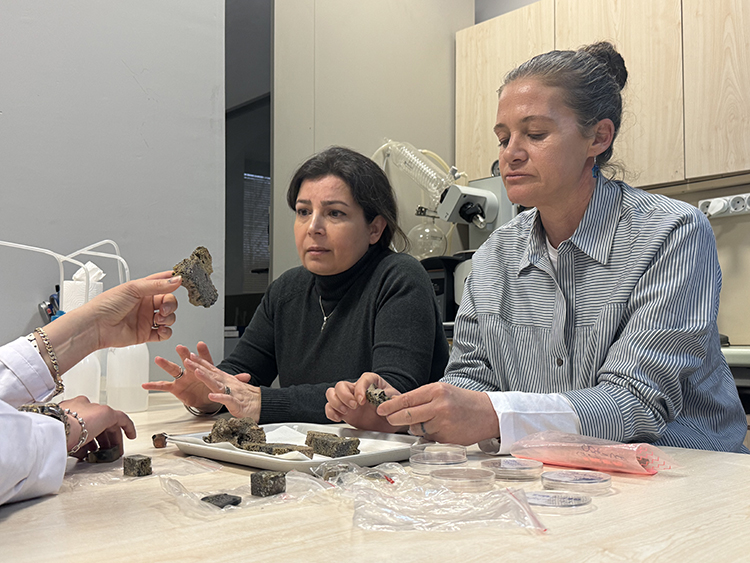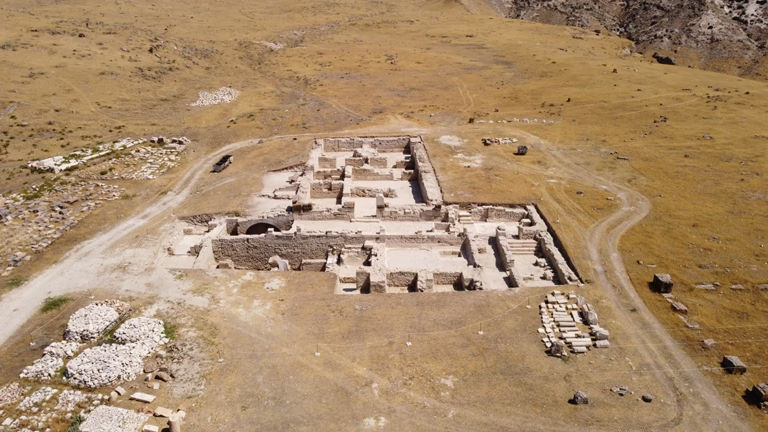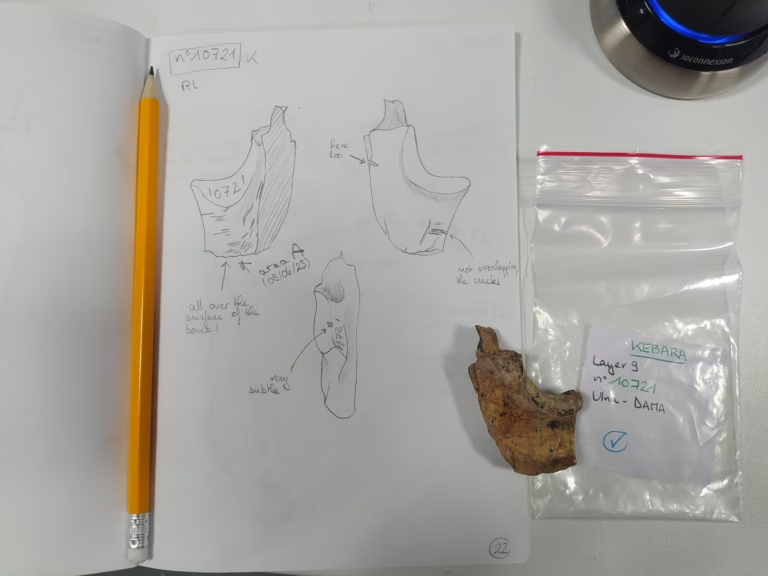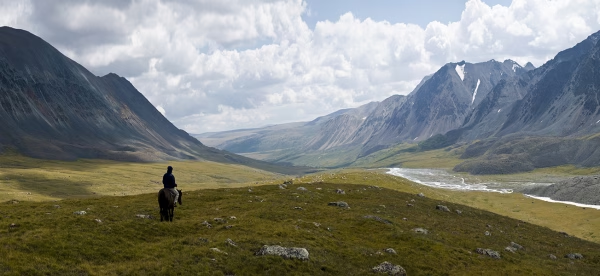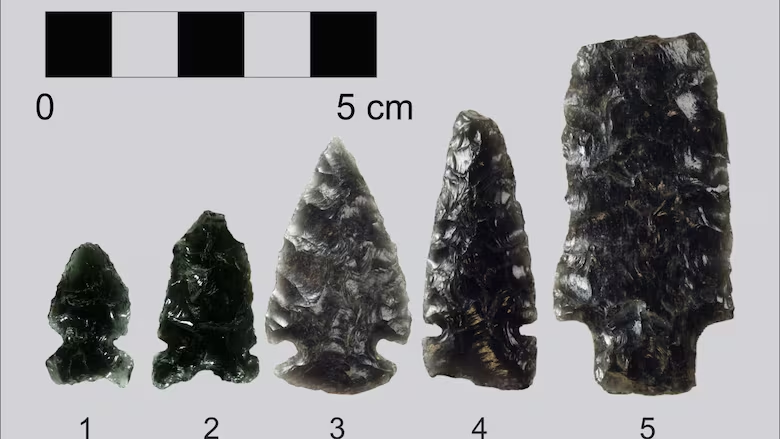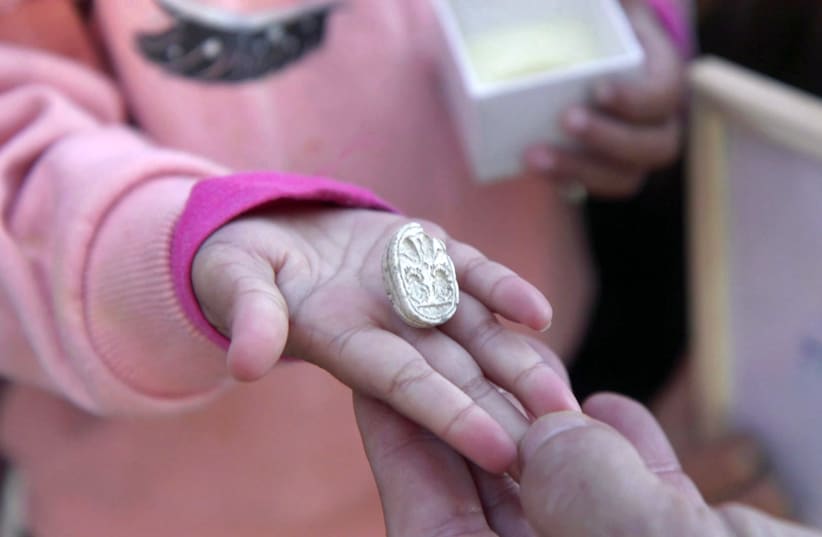The Kocaeli University (KOÜ) Archaeometry Working Group’s excavations at Gre Fılla Höyük in Southeastern Anatolia have overturned conventional knowledge about the history of copper processing in Anatolia. The copper smelting and casting processes, previously thought to date back to 5,000 BC, have now been traced back 3,000 years earlier, to around 8,000 BC, thanks to findings at Gre Fılla Höyük.
The early metallurgical findings from the Neolithic settlement, uncovered during excavations conducted between 2018 and 2023, have caused great excitement in the scientific world. The studies by the KOÜ Archaeometry Working Group, comprising academics from various disciplines, have been published in prestigious scientific journals such as the “Journal of Archaeological Science: Reports” and “Science.”
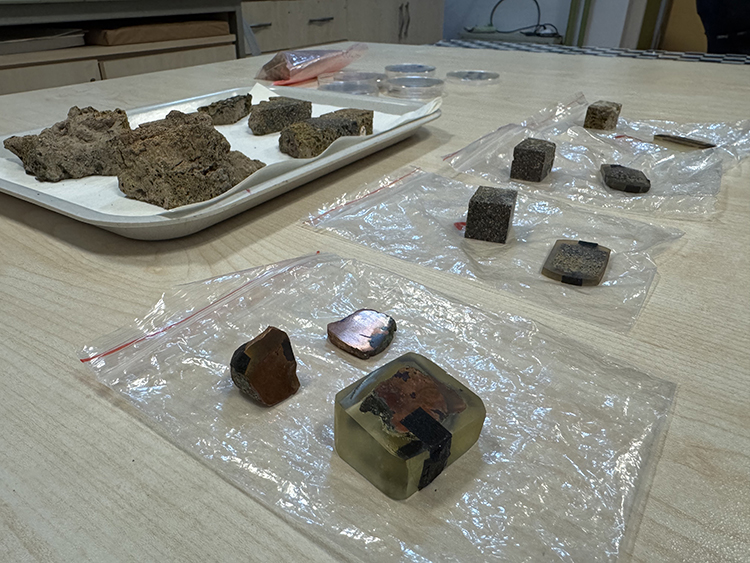
“Was There Copper Working at Such an Early Period?”
Assoc. Dr. Üftade Muşkara, a faculty member at the KOÜ Faculty of Arts and Sciences, Department of Archaeology, stated that they were seeking answers to the question, “How did metallurgical activities occur? Was there copper working at such an early period?” while examining the heat-treated material group obtained from the excavations.
Muşkara detailed their research as follows: “In this study, we conducted various examinations on two groups of samples. As a result of these examinations, we understood that one group was related to a furnace, and one piece was material formed within a metallurgical process. By examining a piece from a closed, heat-controlled furnace environment that reached approximately 1000 degrees, we found small copper pieces and copper residues on the surface, which led us to believe that this furnace might be related to copper working. Our examination of the copper object shows that it was a sample melted at high temperature and shaped by hammering after being cast.”
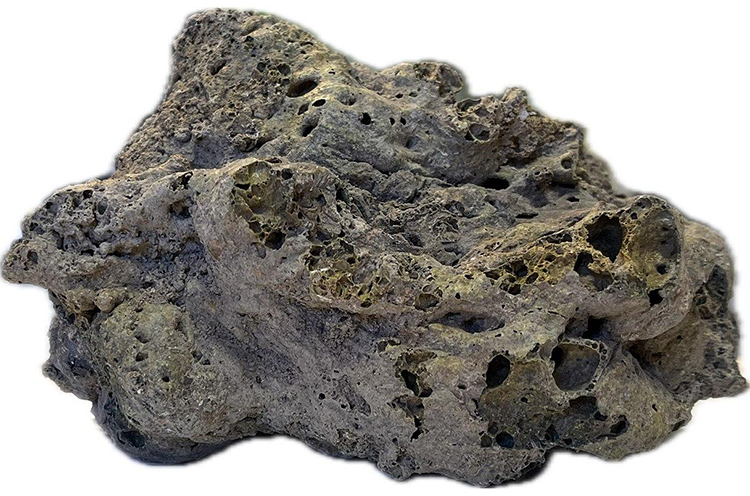
“Trabzon-Origin Copper, a Surprising Piece of Information”
Muşkara expressed another surprising result of the research: “Although Gre Fılla is close to the Diyarbakır and Ergani mines, we found that the source of this copper was Trabzon. This was quite surprising. It shows that the melting method started with at least one trial. This is perhaps not an industrial, continuously used process, but it shows that the first trials began. We know that the earliest melting and casting for Anatolia dates back to 5,000 BC in Yumuktepe, Mersin. The Gre Fılla findings date back to 8,000 BC, which shows a very radical change of 3,000 years. Perhaps this is not an industrial and established technology like in later periods, but it provides a clue that an experimental approach began much earlier.”
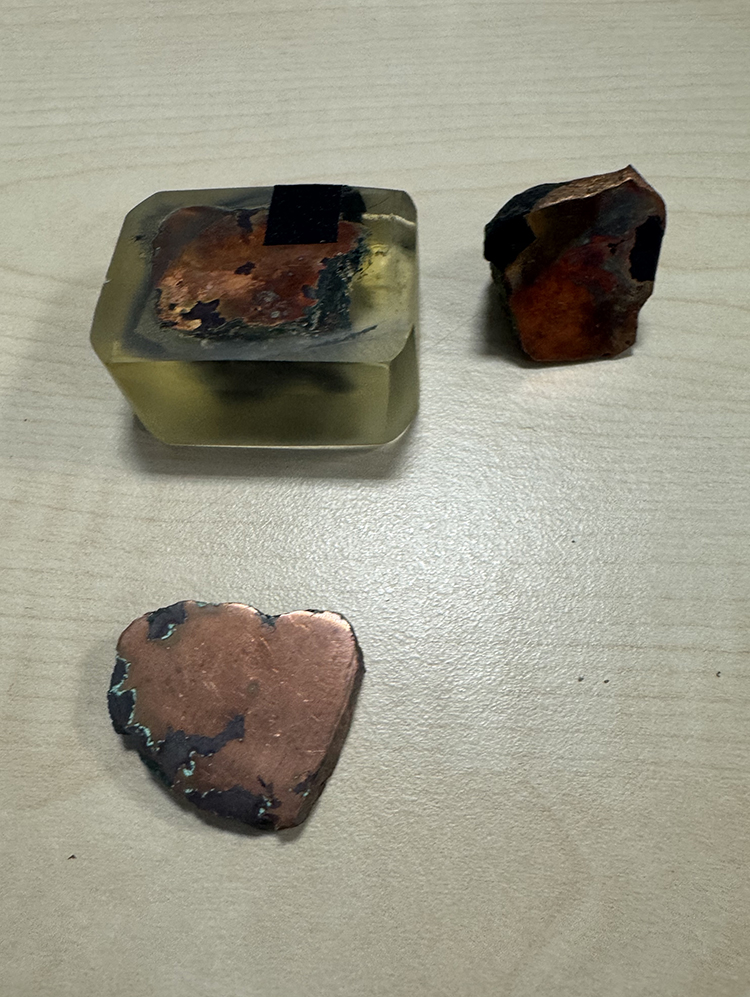
“Technological Knowledge Is Too High to Be Ignored”
Assoc. Dr. Ayşin Konak, a faculty member at the Department of Prehistory, Department of Archaeology, stated that Gre Fılla is an aceramic Neolithic settlement and that the excavations revealed a long period of habitation. Konak said, “This study shows us that copper was also part of the supply chain. In this context, perhaps the similarities between these communities, architectural processes, the emergence of settlements for the first time, religious beliefs, belief systems, rituals, and their convergence on so many common grounds can be explained by these supply chains. Obsidian was brought from East Anatolian sources, not from sources close to Gre Fılla. The fact that copper was brought from Trabzon shows that these communities lived much more closely with nature and observed nature much better. It shows that technological knowledge during this period is too high to be ignored.”
